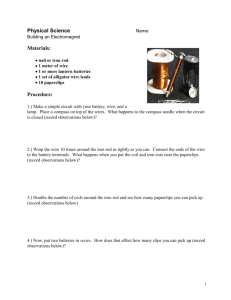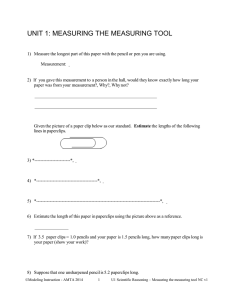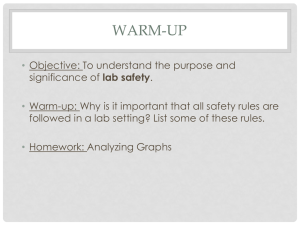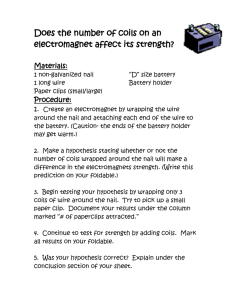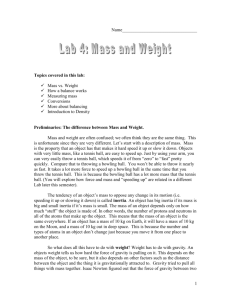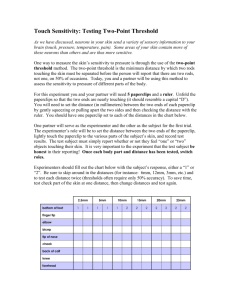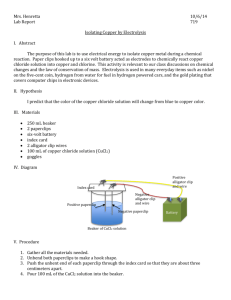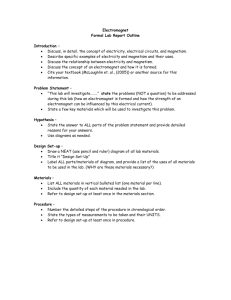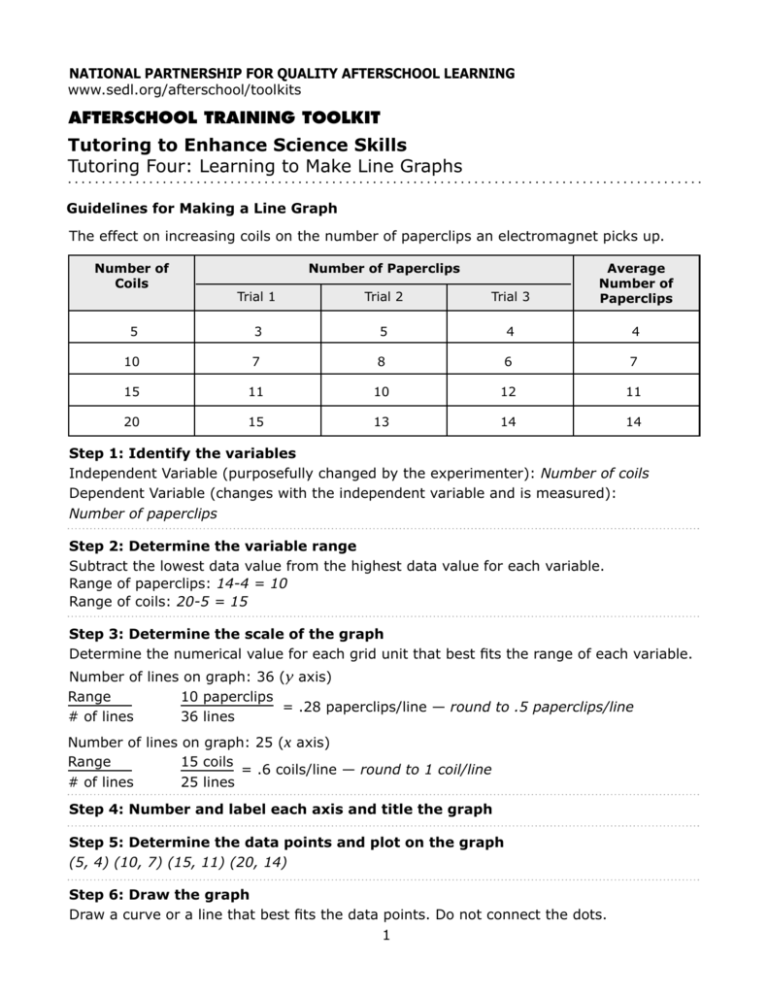
NATIONAL PARTNERSHIP FOR QUALITY AFTERSCHOOL LEARNING
www.sedl.org/afterschool/toolkits
����������� �������� �������
Tutoring to Enhance Science Skills
Tutoring Four: Learning to Make Line Graphs
..............................................................................................
Guidelines for Making a Line Graph
The effect on increasing coils on the number of paperclips an electromagnet picks up.
Number of
Coils
Number of Paperclips
Trial 1
Trial 2
Trial 3
Average
Number of
Paperclips
5
3
5
4
4
10
7
8
6
7
15
11
10
12
11
20
15
13
14
14
Step 1: Identify the variables
Independent Variable (purposefully changed by the experimenter): Number of coils
Dependent Variable (changes with the independent variable and is measured):
Number of paperclips
Step 2: Determine the variable range
Subtract the lowest data value from the highest data value for each variable.
Range of paperclips: 14-4 = 10
Range of coils: 20-5 = 15
Step 3: Determine the scale of the graph
Determine the numerical value for each grid unit that best fits the range of each variable.
Number of lines on graph: 36 (y axis)
Range
10 paperclips
= .28 paperclips/line — round to .5 paperclips/line
# of lines
36 lines
Number of lines on graph: 25 (x axis)
Range
15 coils
= .6 coils/line — round to 1 coil/line
# of lines
25 lines
Step 4: Number and label each axis and title the graph
Step 5: Determine the data points and plot on the graph
(5, 4) (10, 7) (15, 11) (20, 14)
Step 6: Draw the graph
Draw a curve or a line that best fits the data points. Do not connect the dots.
1
Average Number of Paperclips vs. Number of Coils
Lin
e
17
Be
st
-F
it
16
15
14
13
Average Number of Paperclips
12
11
10
9
8
7
6
As the number of
coils increases,
more paperclips
are picked up with
the electromagnet.
5
4
3
2
1
5
10
15
Number of Coils
© 2006 WGBH Educational Foundation. All rights reserved.
2
20
25



